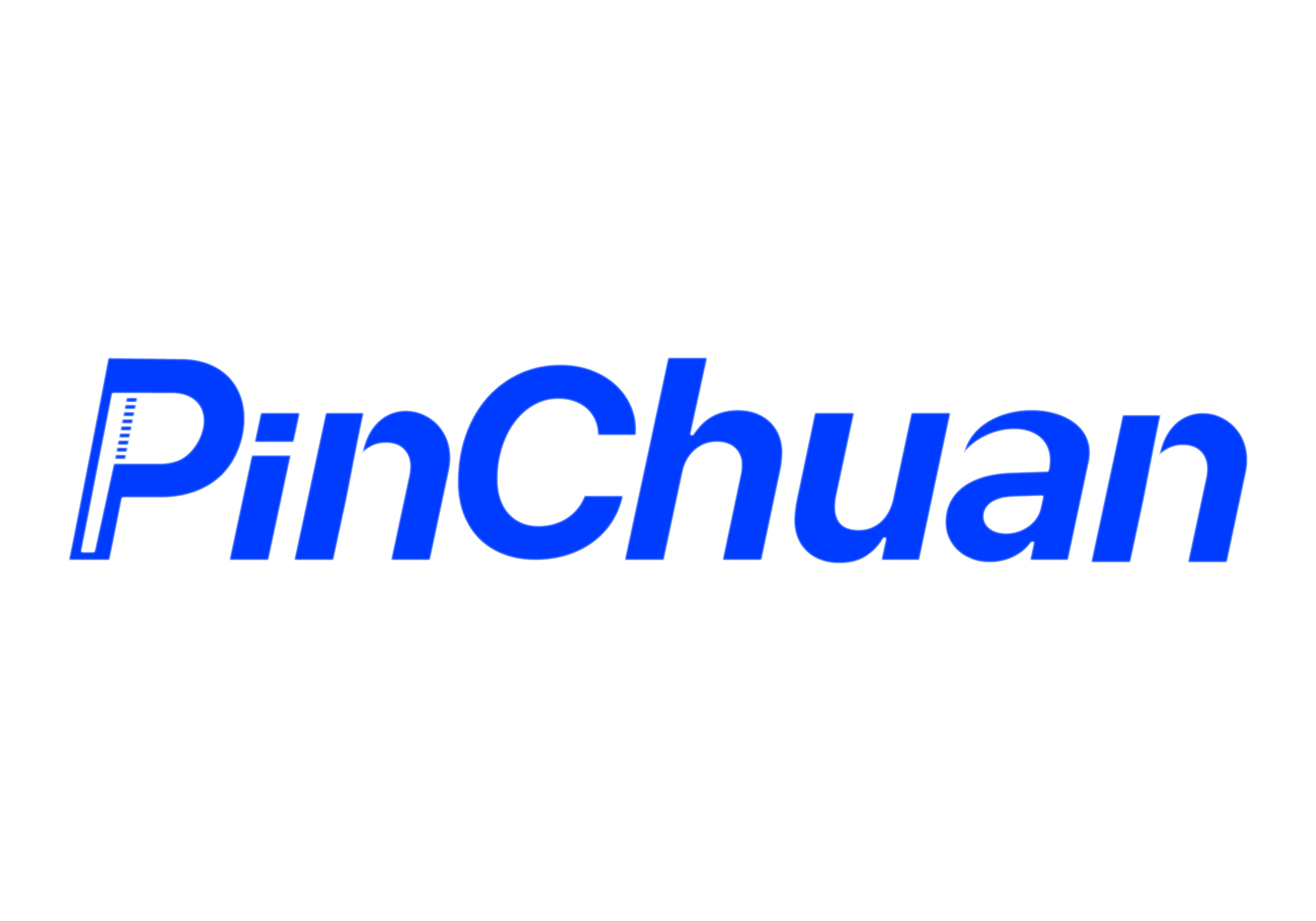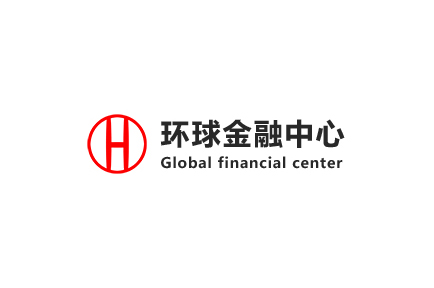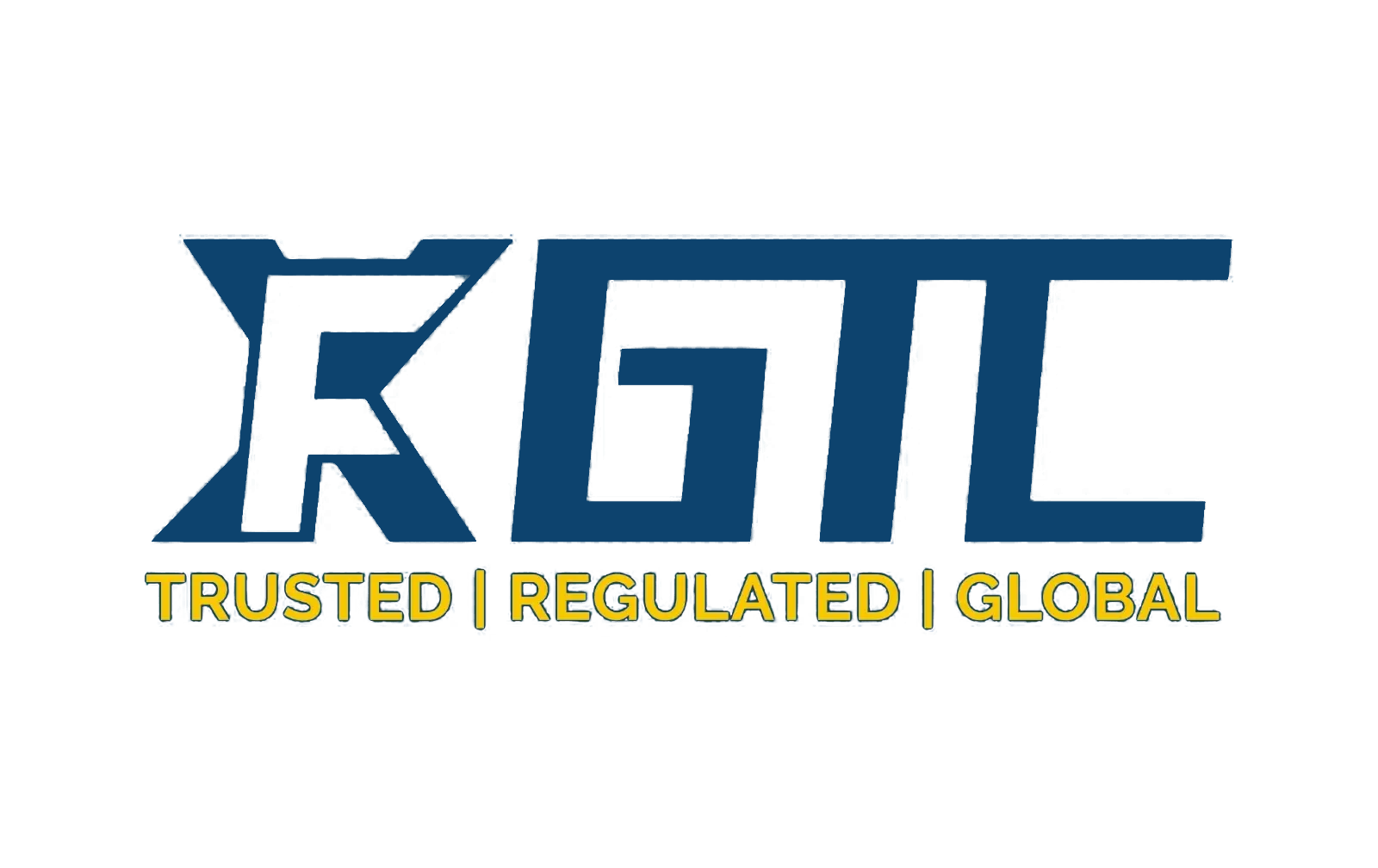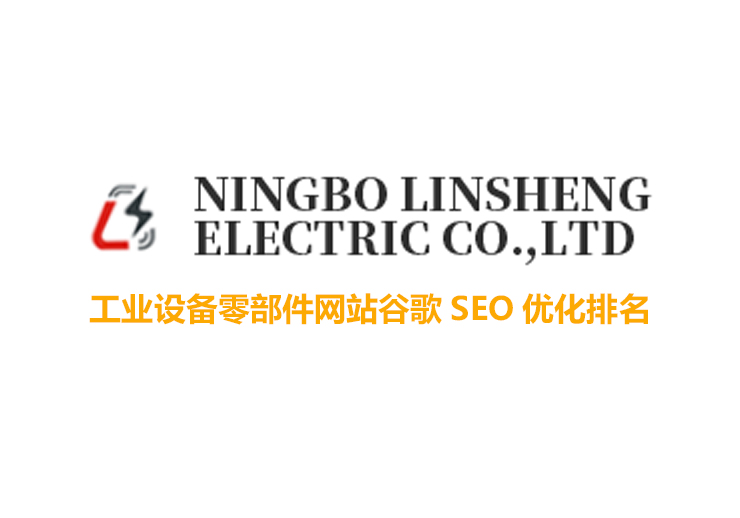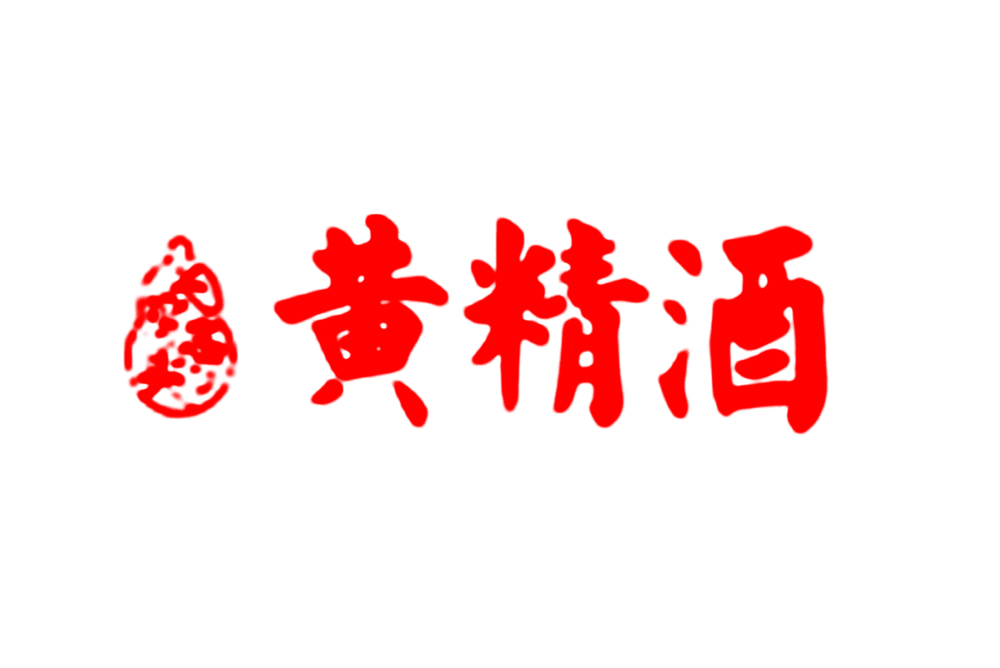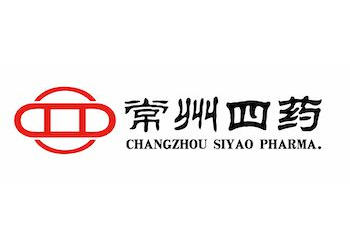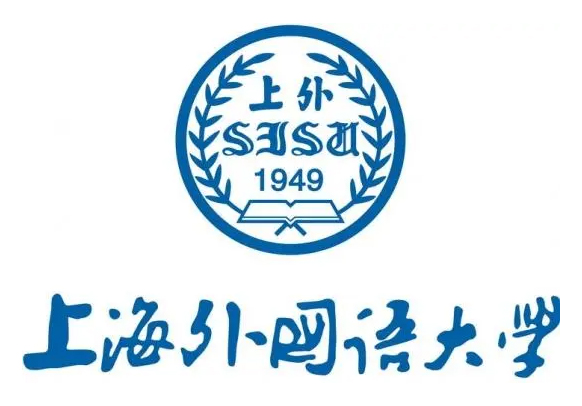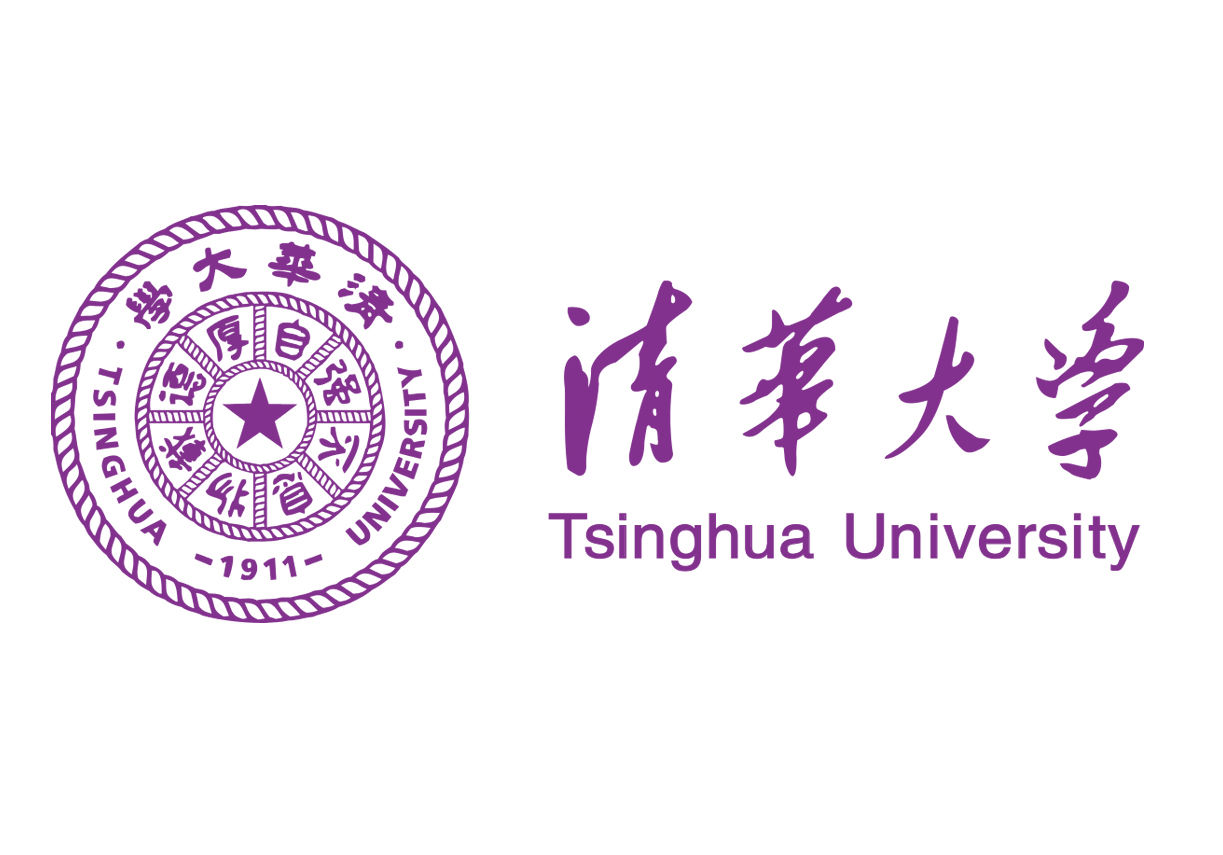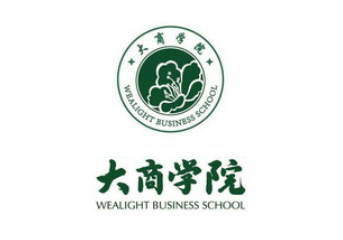SEO
Independent website SEO optimization, creating long-term and stable customer acquisition channels for enterprises
In today's digital age, independent websites have become an important tool for enterprises to expand their online business. However, having only one independent website is not enough to guarantee the success of a business. How to make an independent website a long-term and stable customer acquisition channel through SEO optimization is the core issue that companies need to focus on. This article will delve into the key strategies for SEO optimization of independent websites, helping businesses achieve sustainable traffic growth and brand value enhancement.
The importance of SEO optimization for independent websites
.jpg)
The biggest advantage of independent websites compared to third-party e-commerce platforms is complete control. Enterprises can showcase their brand image, accumulate user data, and establish direct contact with customers through independent websites. However, the success of independent websites cannot be achieved without traffic support, and SEO optimization is a key means of obtaining high-quality traffic. Through scientific SEO strategies, companies can occupy a favorable position in search engine result pages, attract potential customers to actively visit the website, thereby reducing customer acquisition costs and increasing conversion rates.
Keyword research and layout
Keywords are the foundation of SEO optimization. Enterprises need to have a deep understanding of the search habits of their target users and explore high-value keywords related to their needs. For example, if a company focuses on selling eco-friendly home products, keywords such as "eco-friendly furniture" and "sustainable home" may have higher search volume and commercial value.
After determining the keywords, a reasonable layout is equally important. Keywords should naturally integrate into the website title, description, body content, and ALT tags of images. It should be noted that excessive keyword stuffing may result in penalties from search engines, so it is important to maintain the natural flow of content. In addition, the use of long tail keywords cannot be ignored. Although they have lower search volume, they often have higher conversion potential.
Content Marketing: Providing Value to Users
High quality content is the core of attracting users and improving search engine rankings. Enterprises should regularly publish valuable content based on the interests of their target audience, such as industry trend analysis, product usage guides, customer case sharing, etc. These contents can not only solve users' practical problems, but also enhance users' trust in the brand.
At the same time, the form of content should also be diversified, including text, images, videos, and infographics. For example, a short product demonstration video may be more attractive than lengthy textual explanations. In addition, the frequency of content updates is also crucial. Search engines tend to include websites that are frequently updated, so companies need to develop a reasonable content publishing plan.
Technical optimization: improving website performance
In addition to content, optimization at the technical level cannot be ignored. Firstly, the loading speed of a website directly affects user experience and search engine ranking. Enterprises can improve website speed by compressing images, reducing HTTP requests, enabling browser caching, and other methods. Secondly, mobile optimization has become an important component of SEO. With the increasing use of mobile devices, it is crucial to ensure good display performance of websites on mobile phones and tablets.
In addition, the clarity of website structure can also affect SEO effectiveness. Reasonable navigation design and internal link layout can help search engines better crawl web content and enhance users' browsing experience. Finally, the use of HTTPS protocol not only protects user data security, but also enhances website credibility and ranking weight.
User Experience: The Key to Retaining Visitors
Search engines are increasingly emphasizing user experience metrics such as bounce rate, page dwell time, and click through rate. In order to optimize these indicators, enterprises need to design a simple and intuitive interface from the user's perspective, provide quick response customer service support, and ensure the convenience of the shopping process. For example, in independent e-commerce sites, simplifying checkout steps, providing multiple payment methods, and clear return and exchange policies can effectively reduce the abandonment rate of shopping carts.
Meanwhile, personalized recommendation functions can significantly enhance user experience. By analyzing users' browsing history and purchase records, companies can recommend relevant products or services to them, thereby increasing opportunities for cross selling.
External link construction: enhancing authority
External links are one of the important indicators for search engines to evaluate the authority of a website. High quality external links can not only bring direct traffic, but also enhance the overall weight of the website. Enterprises can obtain external links by writing original articles, submitting them to industry media, participating in relevant forum discussions, and collaborating with other websites to exchange links. It should be noted that the quality of external links is far more important than quantity, and low-quality external links may even damage the website's reputation.
Data monitoring and continuous improvement
SEO optimization is a dynamic process, and companies need to regularly monitor various data indicators such as keyword rankings, traffic sources, conversion rates, etc., in order to promptly identify problems and adjust strategies. With the help of tools such as Google Analytics and Ahrefs, businesses can comprehensively understand the performance of their websites and optimize them based on data feedback. For example, if you find that certain pages have a high bounce rate, you can further analyze the reason, which may be that the content is not attractive enough or the page loading speed is too slow.
conclusion
Independent website SEO optimization is a systematic project that requires enterprises to collaborate in multiple aspects such as keyword research, content marketing, technology optimization, user experience, and external link construction. Only by persisting in long-term investment and continuously optimizing strategies can we create stable and efficient customer acquisition channels, laying a solid foundation for the sustainable development of the enterprise. In this process, enterprises also need to maintain sensitivity to market changes, flexibly respond to new challenges and opportunities, and ultimately achieve the maximization of brand value.
Previous:SEO optimization is not a cost, but a profit growth point fo
Next:Investing 600000 yuan in exchange for sustained traffic grow
98%的人继续阅读我们的案例
任何行业使用的SEO策略与技术都是相通的,行动就会有结果
每一位客人的需求不同、所展现的成果也不同,案例供参考

President Business School, access to deepseek, ERNIE Bot, Doubao AI, Alibaba Clo
Capgemini Ernest & Young brand optimization gets brand logo hintsThe company has
Our product transfer company completely obtains customers through SEO. A website
Global Financial Center (affiliated to Pinchuan Company, has applied for a trade
Due to privacy concerns, some content is hidden.Futures company Google ranking c
Due to privacy concerns, some content is hidden.A large financial company and pr
Google SEO Case - It took less than 1 day to rank for customer-specified keyword
On November 17, 2021, our company reached a cooperation with Guishitang (Changsh
On April 23, 2019, Mr. Zhang Zehua, an SEO expert of Pinchuan Company, was invit
On February 14, 2015, the Social Practice and Science and Technology Innovation
Famous University Professor Entrepreneurship Project - Independent Station and S
Business School Admissions Case



